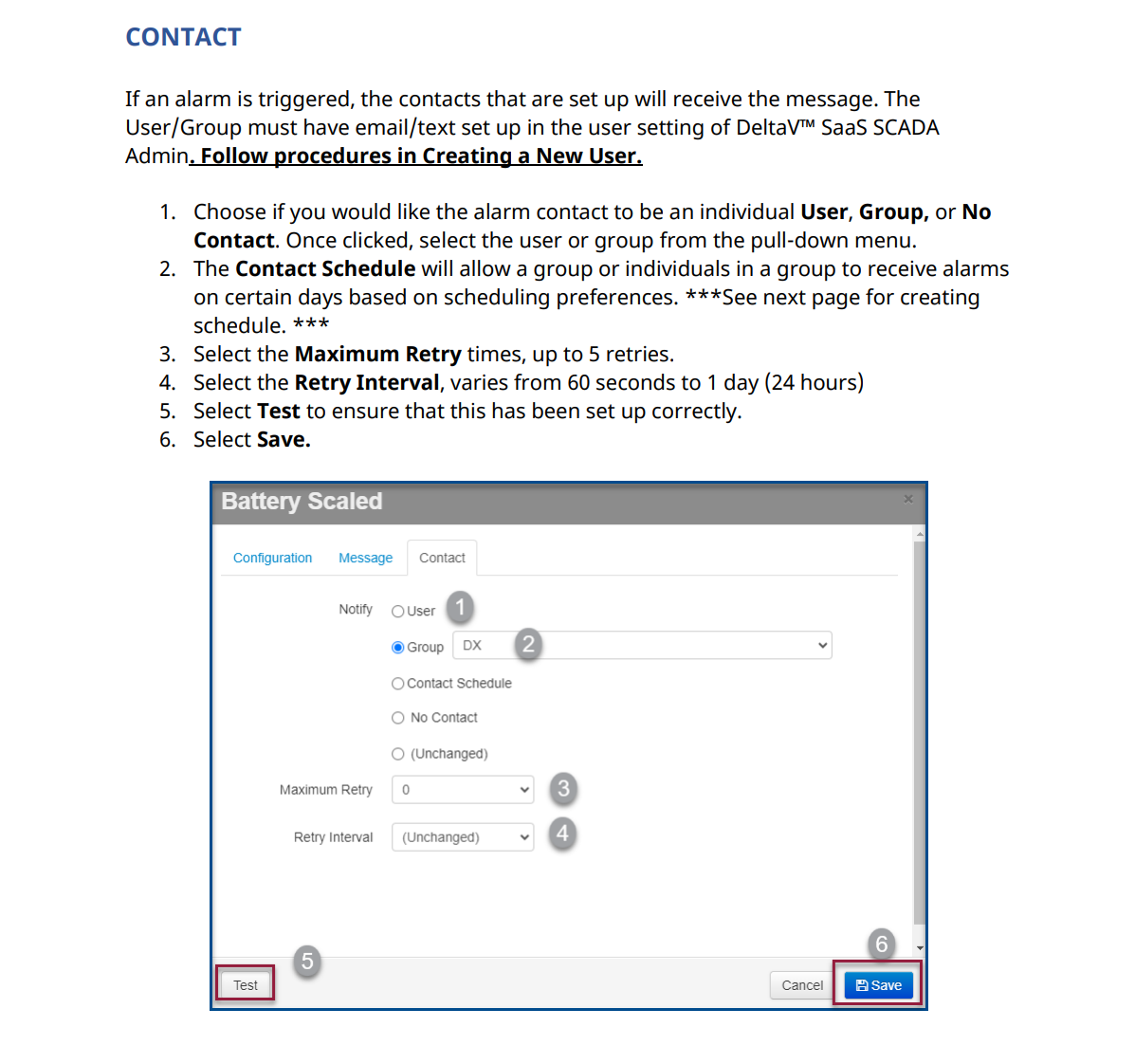Configuring Alarms
Last modified:
Video: NEW DeltaV SaaS SCADA Admin Alarms.mp4


☁️ DeltaVSaaS.Support@Emerson.com | 📞 866 732 6967 | 🌐 Global Support

What do you want to know today?
Last modified:
Video: NEW DeltaV SaaS SCADA Admin Alarms.mp4


☁️ DeltaVSaaS.Support@Emerson.com | 📞 866 732 6967 | 🌐 Global Support